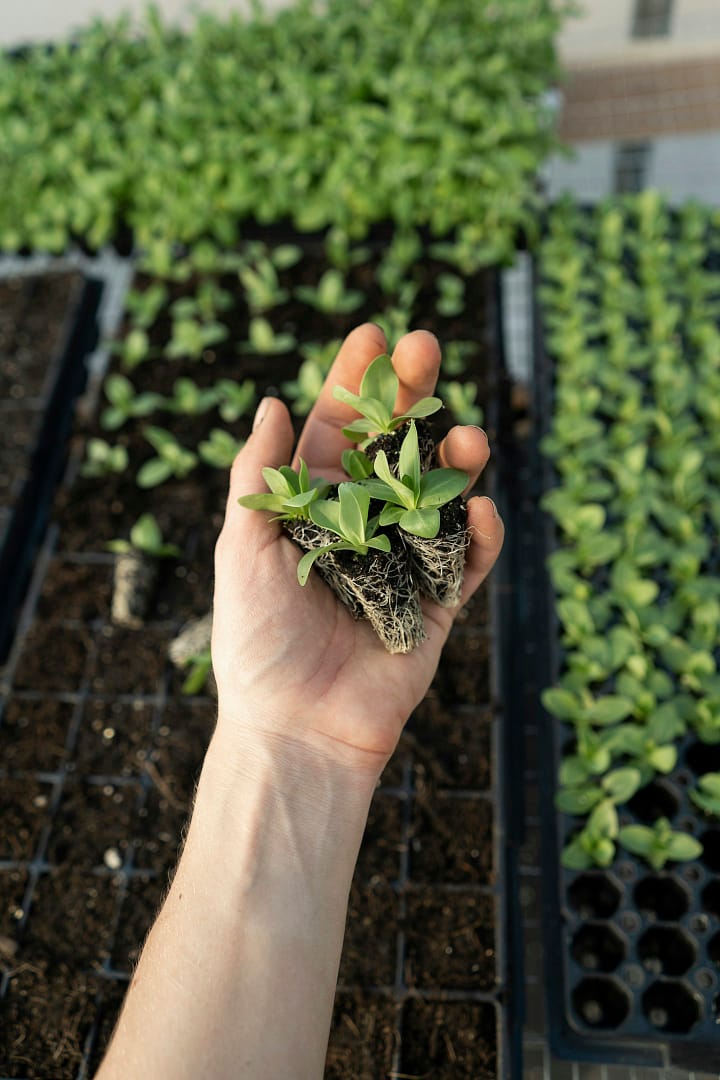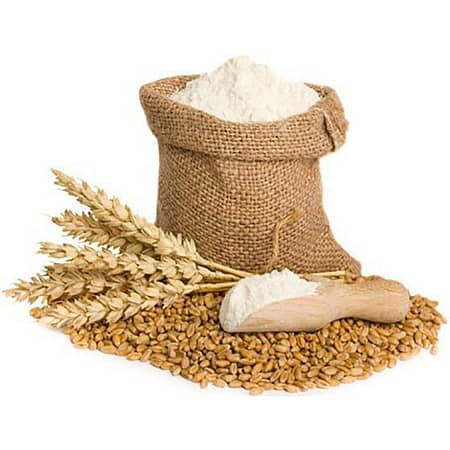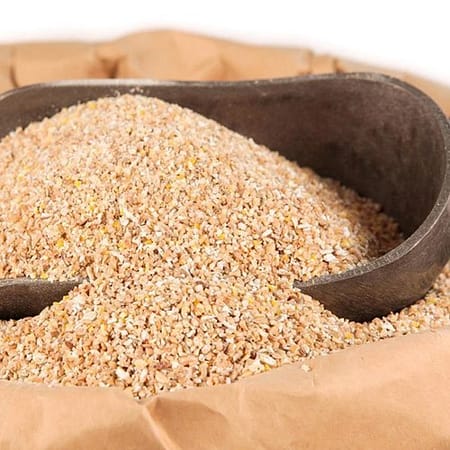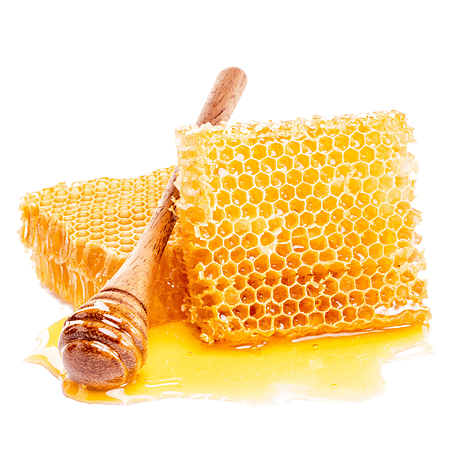Crop Rotation
What is crop rotation?
Crop rotation involves the sequential planting of various crops on a single area of land to enhance soil health, maximize soil nutrients, and manage pest and weed challenges.
For instance, suppose a farmer has cultivated a cornfield. Following the corn harvest, the farmer may opt to sow beans as they replenish nitrogen in the soil, which is depleted by corn.
Typically, a basic rotation could encompass two or three crops, while more intricate rotations may encompass a dozen or more.

Why is it important?
Variations in plants’ nutritional requirements and susceptibility to pests and diseases underscore the importance of crop rotation.
In conventional farming, where the same crop is often planted in the same location annually, the soil is continually depleted of specific nutrients. Concurrently, pests and diseases find a consistent food source, leading to persistent infestations. To counteract these issues, escalating levels of chemical fertilizers and pesticides are frequently employed to maintain high yields and manage pests and diseases in monoculture systems.
Crop rotation addresses these challenges by replenishing soil nutrients naturally, without reliance on synthetic inputs. Additionally, it disrupts pest and disease cycles, enhances soil health through increased biomass from diverse root structures, and fosters biodiversity on the farm. Soil organisms thrive on diversity, while beneficial insects and pollinators are attracted to the varied plant life above ground.













